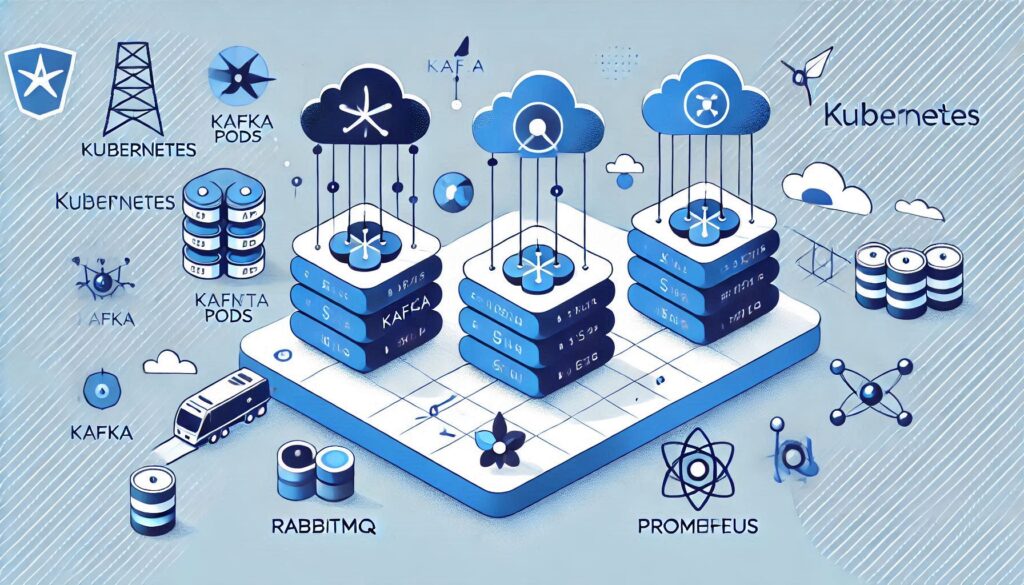
What is KEDA: Kubernetes Event-Driven Autoscaling
What KEDA is and how it brings event-driven autoscaling to Kubernetes, enhancing scalability and resource efficiency.
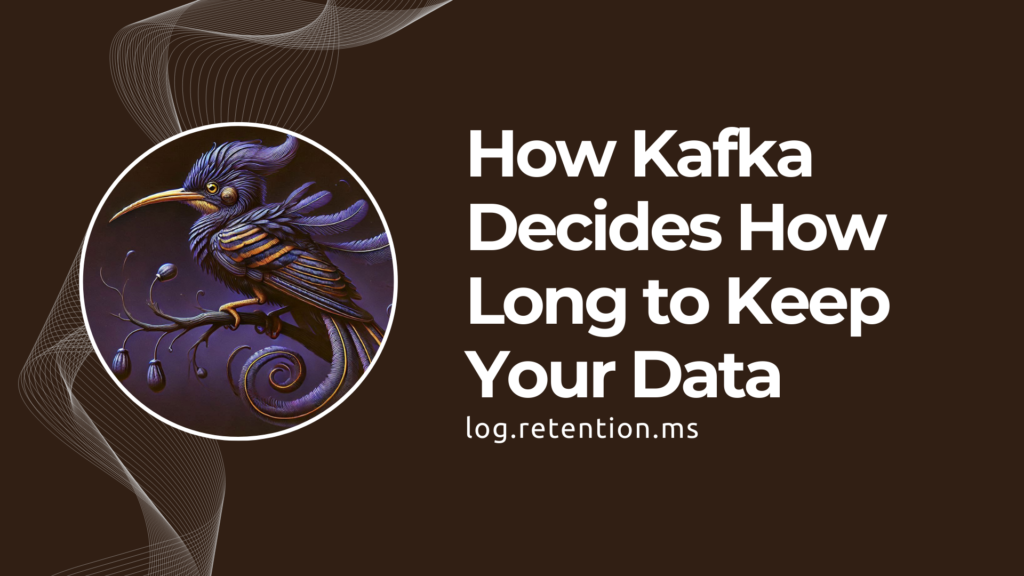
Kafka retention.ms: How Kafka Decides How Long to Keep Your Data
Learn about Kafka retention.ms, how it controls data retention in topics, and best practices for managing Kafka storage efficiently.
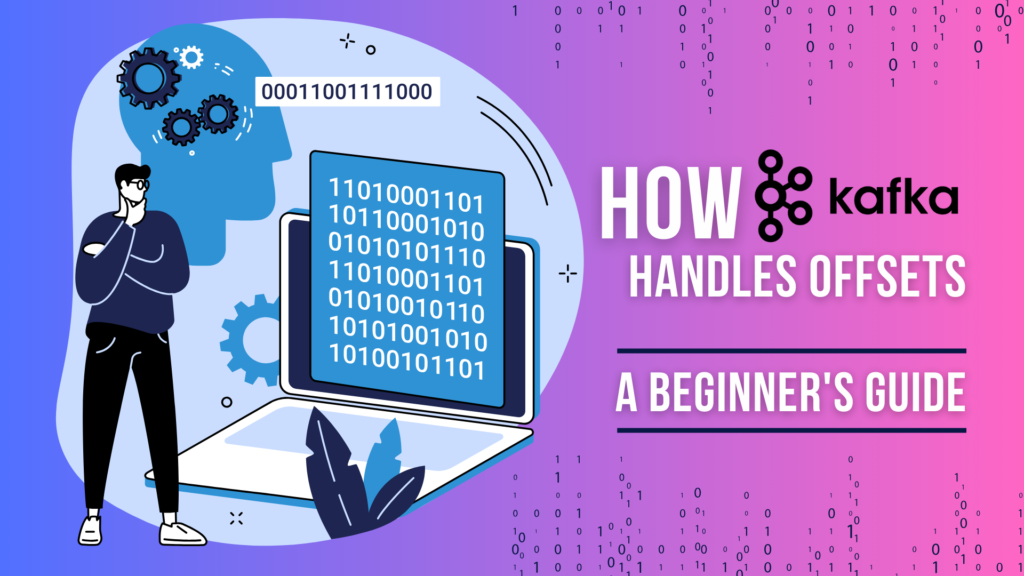
How Kafka Handles Offsets
How Kafka handles offsets to track message processing, ensure reliability, and scale your applications seamlessly.

Kafka Idempotent Producer: Exactly-Once Message Delivery
In distributed systems, things can go wrong. The Kafka Idempotent Producer ensures exactly-once delivery within a partition.

Kafka Message Size Limit: Strategies for Sending Large Messages
Learn how to handle Kafka's message size limit and strategies to send large messages efficiently without compromising performance.
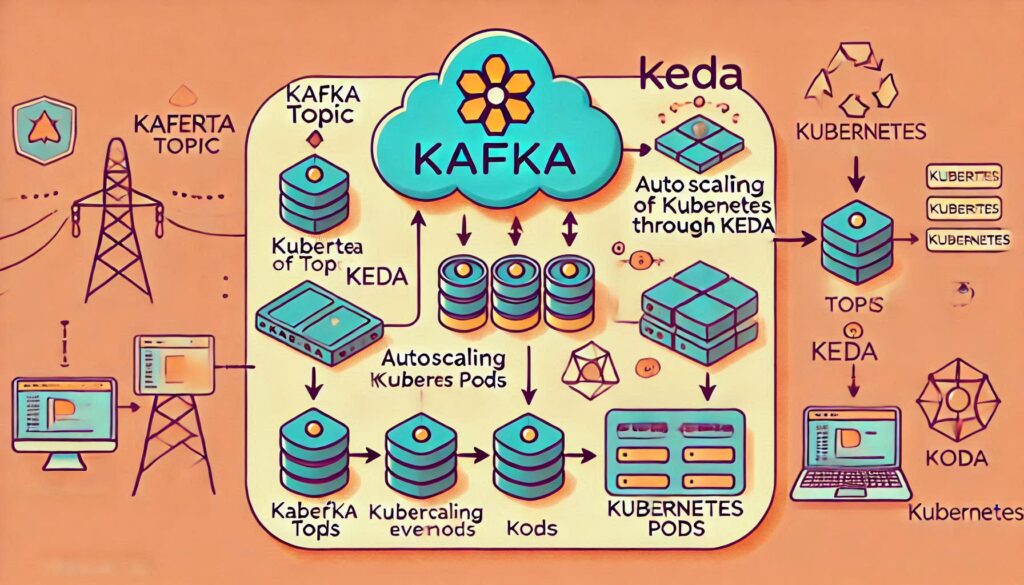
KEDA Kafka Triggers
Examples and best practices for configuring KEDA Kafka triggers for event-driven autoscaling in Kubernetes.
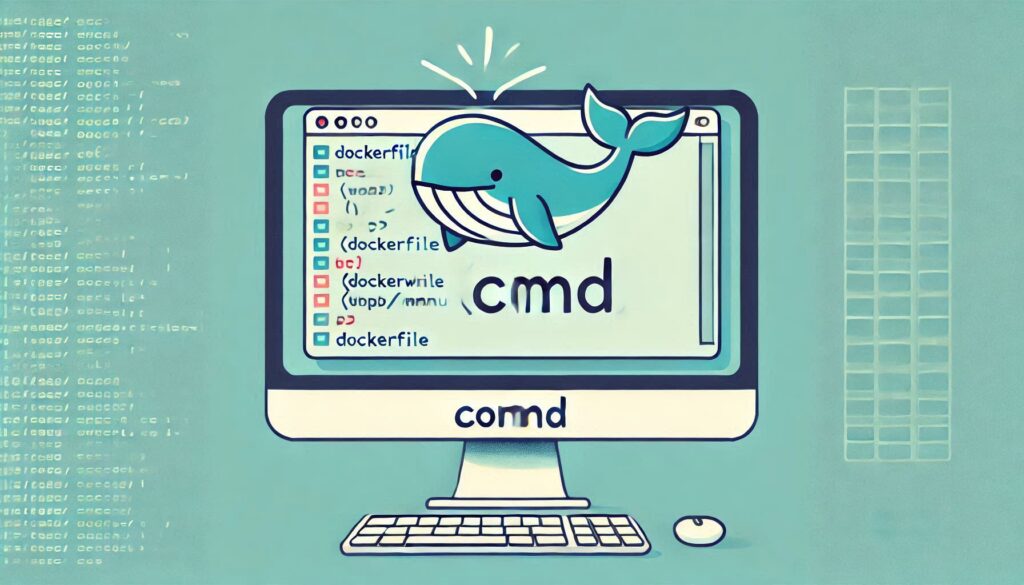
Docker CMD Command
Docker CMD command sets the default command in a container. Learn syntax, usage, and best practices.

Kubernetes –delete-emptydir-data: Understanding This Feature
Understand how Kubernetes' --delete-emptydir-data flag helps manage and clean up emptyDir volumes during pod deletion.

Rack-Aware Partition Assignment for Kafka Consumers: KIP-881 Explained
Learn about rack-aware partition assignment in Kafka with KIP-881. Reduce cross-rack traffic, and improve fault tolerance and resource usage.
